The 7-Step Recipe for EDS Caregivers: Tips for Helping Patients
One of the earliest lessons in flight training is the aviation order of operations: Aviate, Navigate, Communicate. In pilot training, those words mean the following. Aviate: Use the skills to maintain control of the aircraft. Navigate: Know where you are, and where you intend to go. Communicate: Let someone know your plans and needs. Maybe the chronic illness community should borrow this approach to help people who care for patients learn tips to navigate a complex healthcare system for someone with invisible illness. With that in mind as a suggested recipe for caring for your loved ones (not flight planning), here’s a guide designed for caregivers to learn how to help: Educate, Validate, Communicate, Participate, Investigate, Resonate, and Advocate.
Caring for someone with any type of Ehlers-Danlos Syndrome (EDS) or Hypermobility Spectrum Disorders (HSD) can be like trying to solve a Rubik’s Cube in the dark – twisted and confusing with seemingly no ability to move the puzzle forward to a solution, leaving us feeling frustrated. It’s a serious disorder that is no laughing matter that causes chronic pain, fatigue, and inability to move normally or exercise or even sleep well to restore our bodies. We decided to create a caregiver guide to help those supporting someone with hypermobility or EDS to give you a few suggestions on how exactly to help, with a touch of wit so you don’t get too scared off by the serious nature of our chronic illness. We intend no malice by making light of EDS and its comorbidities. Still, we are trying to make a complex subject more approachable with humor to lighten the load. We collaborated and crafted the below suggestions for creating a cozy home filled with love, joy, and restoration necessary for healing. Hopefully, this guide will shed some light on how caregivers can contribute while adding their own unique caring ingredients – with or without a dash of humor.
STEP 1. EDUCATE: Become a Walking Encyclopedia
- Dive deep into research. Understand how their illness affects them by reading about EDS, joining support groups or by asking questions (be aware not every person with EDS wants to talk about their condition at all times). It’s good to Google their diagnoses to learn more by reading articles, watching webinars, and attending workshops to raise your awareness. Think of yourself as a new student who’s majoring in EDS with a minor in patience.
- Understand the genetics behind EDS to grasp why symptoms can vary widely. Every person experiences their own unique manifestations of their symptoms, and no two zebras (as some of us identify) are alike. Learn with which symptoms your loved one typically presents and how they manage those best. Consider creating a pain flare plan with them to prepare the steps to take when they begin to flare up. Our various differences can seem like understanding why some people can whistle tunes while others can barely whistle for a cab. We are who we are, and we are enough as is. Adapt and roll with us the best you can. We need you.
STEP 2. VALIDATE: Become the Affirmation Guru
- Acknowledge their pain and struggles. Validation is the most critical action you can demonstrate to ensure they feel heard, understood, and respected, where doctors commonly dismiss, disbelieve, and even gaslight them. It may seem to you like you’re confirming that the sun is indeed very bright today – both a fact and something good to recognize and note the importance of. But it is a highly-valued critical step to verbalize to your loved one! Take time to find ways to attend to this vital step by saying to them, “I am sorry this is happening to you and impacting your health and well-being. I believe you and know this is a genuine disorder. I will be here for you, and I want to support you in all the ways I can. We will get through this together.” No jokes on this one.
- Celebrate their small victories. Whether it’s a pain-free day or managing a new symptom, have regular “yay parties” to note the good things going your way on the diagnostic journey, find care or treatment that helps, or make a new connection with someone who gets it. Remember, it may seem to you like it’s cheering for a toddler’s first steps, but know that every bit encourages forward progress and celebrates their efforts no matter how small. This usually requires realigning your expectations and helping them adjust theirs.
STEP 3: COMMUNICATE: Learn the Fine Art of Conversation
- Practice active listening. Do your best to lend an ear or even a shoulder to cry on. Chronic illness life is hard, and we deserve to feel and release the grief that comes along. Sometimes, they might need a sounding board rather than solutions. Use eye contact, head nods, and paraphrase back what you hear them say so they feel heard. It’s like being a talk show host, where you let the guest do most of the talking as you listen and inquire.
- Regularly check in about their needs and feelings. Make the topic of their health welcome to discuss in your presence, support their goals, and empathize with setbacks or frustrations. Many families shy away from loved ones when illness turns chronic with no end in sight out of denial, fear, and loss. Remember, the person you love has these feelings, too, so help them cope along with you. Think of regular in-person check-ins or by text/calls that are like conducting a daily interview but with more empathy and fewer microphones.
STEP 4: PARTICIPATE: Be More than a Sidekick
- Be flexible with plans. Plans will change, and abilities will vary – sometimes without their consent or control – such as simple barometric weather changes. This is really frustrating for people with EDS who already feel a loss of control. Allow them to cancel, change, or reschedule as needed without guilt or shame as they learn to prioritize their own needs. This process can take a long time, so pack your patience. Encourage and praise their efforts for speaking up for themselves and prioritizing what matters most – their own self-care.
- Join in their exercises or treatment routines. Talk about ways you might contribute and which regular tasks are the most challenging – bathing, getting dressed, grocery shopping, cleaning, laundry, cooking, etc. Daily living activities and chores can be overwhelming, and it is hard to ask for help. Consider helping them do their physical therapy exercises at home or manage their medications. Think of it as a bonding activity, like a quirky dance routine where no one knows the steps. Still, it’s usually fun and allows us to laugh at ourselves and enjoy the moments together.
- Attend medical appointments and take notes. The task of managing the medical system and the documentation burden is overwhelming to find compassionate care. Help them prepare for their appointment by identifying their top few goals and/or questions for each doctor appointment and the desired outcomes. Offer to drive them and attend as well. Having a second set of eyes and ears in those critical few minutes with a provider is invaluable for recall. Or ask if you can record the session on audio on your phone to play back later, allowing them to entirely focus on their interaction without fear of memory issues and brain fog. Remember to ask for any needed RX refills and/or changes because they might be swirling with information and forget! You’re the co-pilot in their health journey – navigation skills are crucial! Here’s a simple downloadable habit tracker to pick up on patterns with pain, symptoms, diet, exercise or any habit you choose together.
STEP 5: INVESTIGATE: Become Their Detective on Duty
- Stay updated on new treatments and/or symptom management strategies. Find forums to follow or newsletters to subscribe to that keep you informed on what’s happening in the patient community. Consider signing up for EDS community newsletters like the ones from Chronic Pain Partners, EDS S.H.A.R.E., or Courtney Gensemer’s Substack paid subscription. Staying on top of insights and patient tips is critical while we wait for the medical community to catch up to EDS awareness and treatment. Think of this task like you’re their helpful sleuth in the online health world, where every clue leads to better care. Many patients learn the most from others in the community who share knowledge of what works and what doesn’t.
- Research alternative or complementary therapies that might help. Be careful with suggestions that may sound like you’re doubting their care plan. Instead, ask what alternative therapies they have tried and what helped or hurt them (such as prolotherapy or cupping, acupuncture or massage therapy, or floating in magnesium-rich Epsom salt tanks at a float spa for muscle tension relief.) Consider making it a double date and go with them! Who knew being a detective could be so relaxing?
Step 6: RESONATE: Be the Beacon of Light
- Stay connected. The best way to demonstrate support is to stay informed and aligned with their changing circumstances, treatments, or pain levels. EDS and any chronic illness are isolating and foster loneliness and depression or anxiety. Please help us find ways to stay connected to family, friends, or online forum friends. Too often, loved ones shut down and let us go into hiding. If you’re scared, think about how they must feel. Maintain healthy and supportive contact in ways you can!
- Share stories of others and ideas on how they’re managing successfully. Share resources, examples, and influencers and suggest new things to try. By continuously offering different tactics for challenging problems, you are fostering hope. It’s like being a storyteller who brings tales of triumph that can inspire us.
- Maintain a positive but realistic outlook. Sometimes, modeling a healthy, optimistic mindset and maintaining your connection to your loved one might be challenging. But try to foster a sense of possibility or even positivity. Avoid overshadowing that everything is fine with toxic levels of positivity. Try being someone who always finds the silver lining, even if it’s just the aluminum foil around your leftovers for dinner tonight.
STEP 7: ADVOCATE: Be the Champion for Their Cause
- Be their voice in healthcare settings. Ask clarifying questions and show both your concern and compassion. We might not always have the passion or the strength to speak up for ourselves, whether with a provider or our legislators. But it is very empowering to do so. Remember, you’re the translator of their needs and the defender of their rights, especially if disabilities are involved (if you want them to speak on your behalf).
- Help them access resources. Whether it’s financial assistance, support groups, or educational materials, there are many ways to connect them to others facing a similar fate. Many other people with EDS and their caregivers pay it forward by writing blogs, books, or other methods of passing on insights. Connecting to people and charitable organizations forwarding the EDS cause is very empowering and reduces isolation. Try searching social media for their diagnosis, chronic pain, or mental health, or for ideas, or check out this list of EDS-supporting nonprofits. You can be a resourceful wizard, conjuring help from thin air like magic.
Always remember, as a caregiver, your support and understanding are as vital as their medical care. Do not underestimate your role and the importance of acknowledging their struggles, celebrating their victories, and how they can positively or negatively impact their chronic illness journey. You’re not just a support system but a key player on their healthcare team. Handle the responsibility with great care. And please always remember to prioritize your OWN self-care, too. You will only be effective in helping us if you correctly put on your oxygen mask. With these supportive steps for a recipe of quality-of-life enhancements for your loved one, we hope you’re better equipped to navigate this complex but rewarding path to ensuring your loved one feels supported. It’s a time-tested recipe, and one that will reward you both with good memories and maybe even a few mishaps you can giggle at later. Find the joy in all of the moments together.
NOTE: We recognize the importance of caregivers and plan to share a future article aimed at tips for caregivers to ensure they take care of themselves just as well. It’s a challenging and unwanted job no one asked for, usually thankless and uncompensated. But it can be some of your most meaningful activity for your loved one, and for yourself. Yet, it can be very physically, financially, and emotionally depleting. We hope to share ways to refill your cup soon. Stay tuned.
Written by Christie Cox, advisor, advocate and author of Holding It All Together When You’re Hypermobile
January 2024


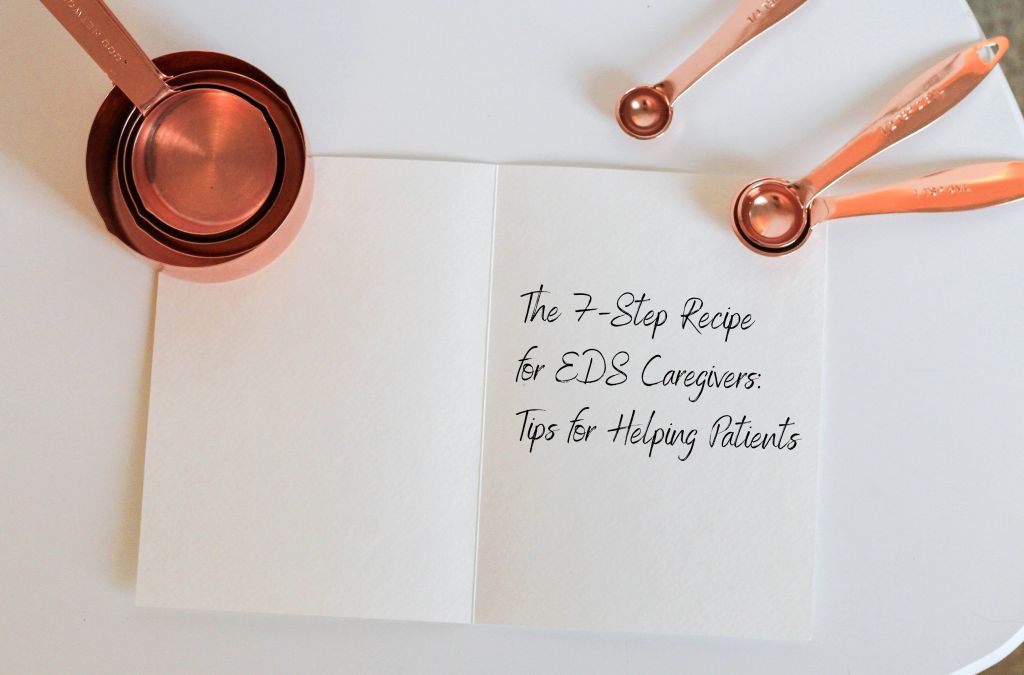

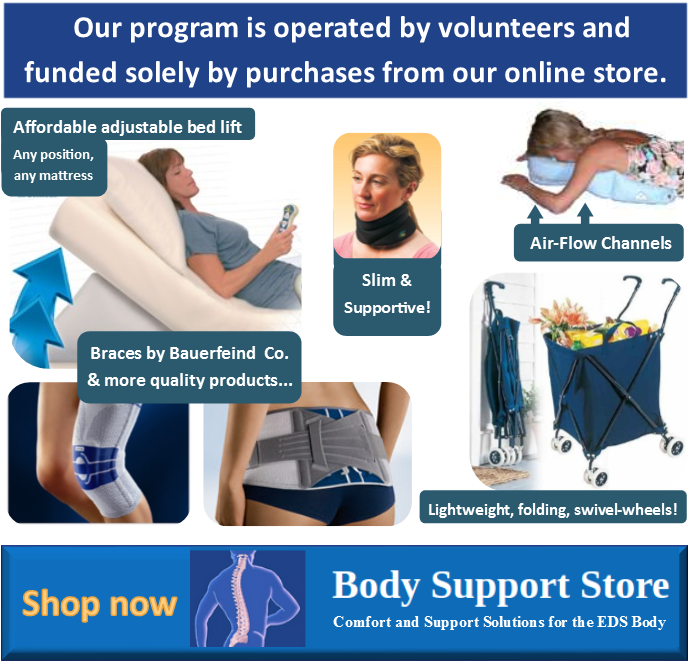




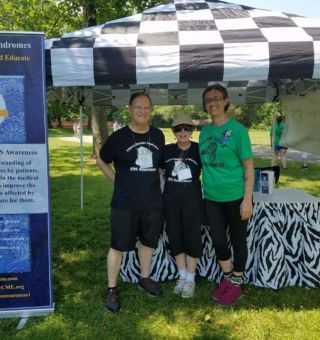
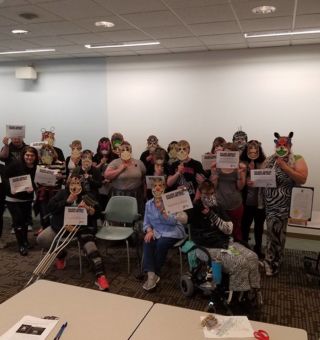
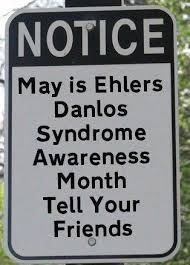

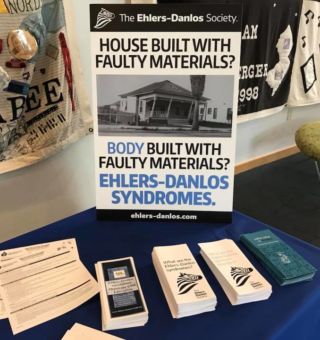





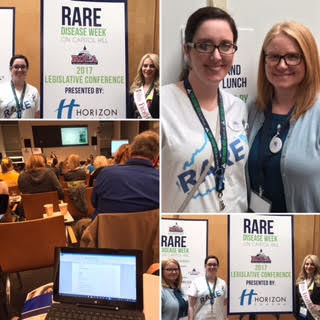


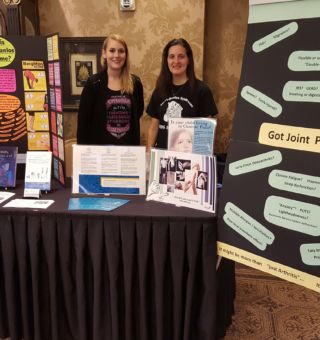

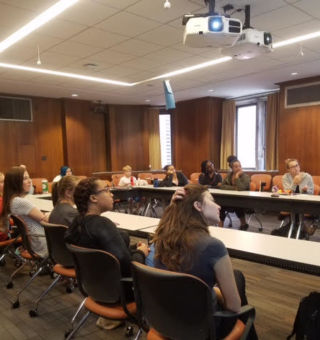

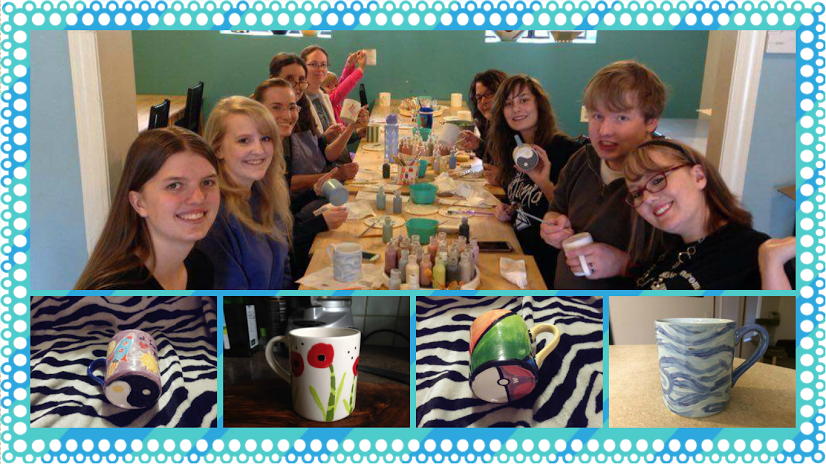
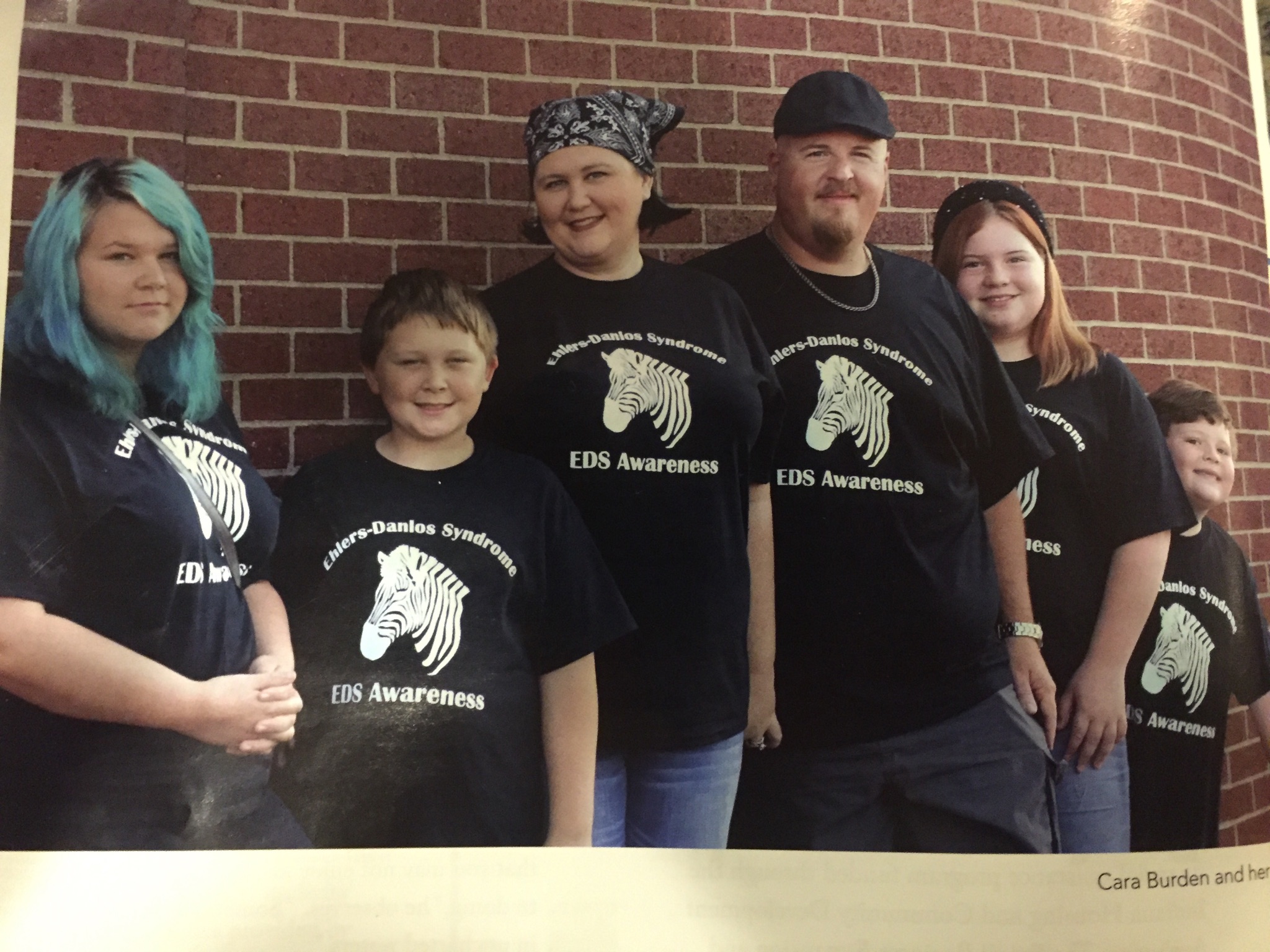

This comment has been edited inline with our comments policy.
What about the caregiver who also needs help? I am struggling hard core to help my daughter. It doesn’t help that an HVAC company in Ohio recommended & poorly installed a system that has caused more injury to us both and two years of issues including mold, that this caregiver (me) needs help myself in fighting to just get the HVAC company to replace system.
As a result we both are going down in flames. No one there to help us. As you know, most chronic illness people are isolated, seldom social even online. All it takes is one very huge issue like this from Logan heating cooling to make it so we don’t see the point in this life because there is nothing good anymore nor any end in sight
WEINSPECT which is endorsed by top doctors, did find mold, and did see issues in the hvac which yes a variable system will create mold if ducts arent sealed. One very rich company that advertises for the Cincy Reds and Bengals that wont admit their green salesman initial poor recommendation for us, nor stand behind a product that had major EEV valve part replaced in first winter operation, awful chemical smells, burny smells, then two years after install we find out they had it wired wrong.
It is one thing like this that can make a very disabled daughter and her caregiver mother to cry on a regular basis. As a caregiver I can’t help my daughter and gather hvac info for my contract lawsuit just to get the correct system in this house, and frankly i just don’t see the point when now I am facing mold in this house that needs remediation and a system that is pulling who knows what out of the walls with exorbitant tremendous dust.
There needs to be a somebody someone out there to help someone like me to do this without having to pay tons of money which yes, I had to retire early to take care of us, so the SSI funds are not exorbitant.
If it weren’t for the excellence of WEINSPECT we wouldn’t have been able to know definitively the hvac has mold and it is in walls (again ductwork not sealed which is a prereq for variable system).
So all of the self help articles and other tips are useless. I am sure there are other caregivers out there also with their own health issues who get taken advantage of, and can’t even speak up to media about it, because they are struggling themselves. And now onto the day of another trying to wok on hvac lawsuit instead of trying to fix healthy food for us, nor anything else self help.
Rebecca, I can hear the frustration in your comment coming through loud and clear. My husband is my sole caregiver, and I know he gets burnt out from all of the tasks that fall on his plate. I know it’s not a miracle answer, but have you contact your local Aging and Disability Resource Center? Here’s their website: https://www.help4seniors.org/programs-services/aging-disability-resource-center (I assume you’re in Ohio based on your comment.) Even if they can’t do anything, they may have resources or leads on grants or government programs that can help you. Sending you and your daughter my best.